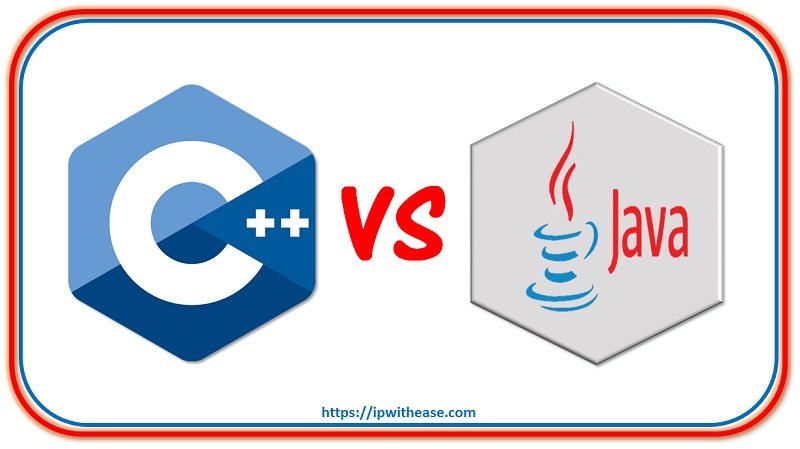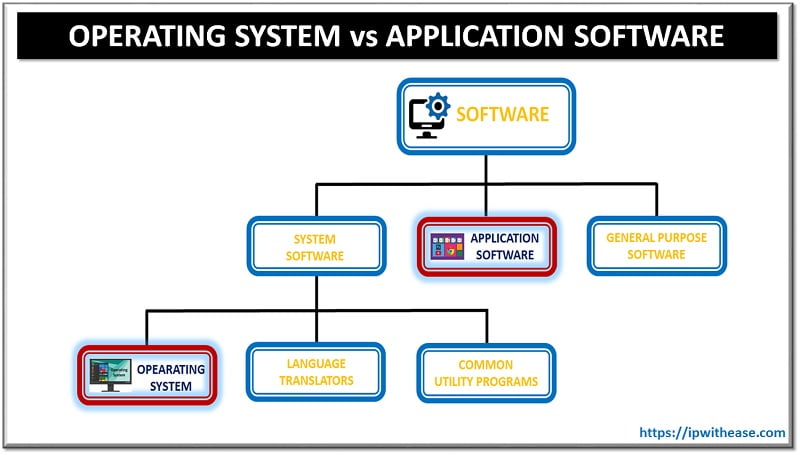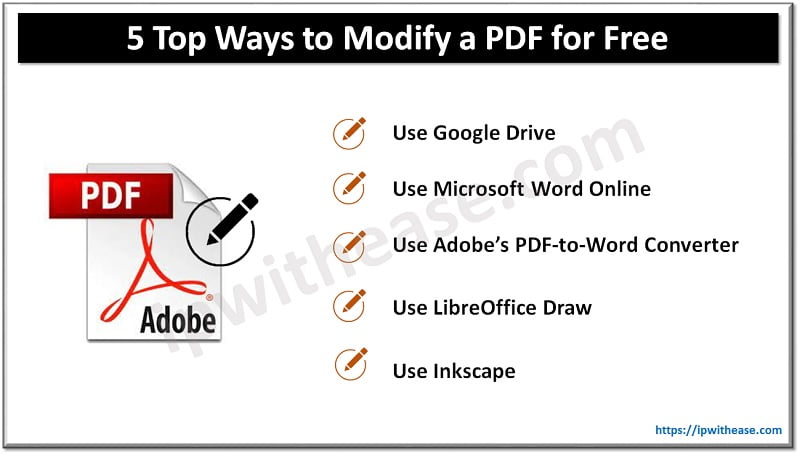Table of Contents
Are you ready to develop a SaaS application that stands out in the booming software market? Navigating the creation process calls for savvy planning and execution. This guide cuts through the noise to equip you with key strategies for SaaS development, offering insight into crucial phases such as market research, design, development, and launch. By following the roadmap outlined here, you are setting the stage for a SaaS solution that not only aligns with market demands but is also engineered for growth and adaptability.
Key Takeaways
- The SaaS model, dominating 55.8% of the software industry’s revenue as of 2023, offers cost savings, access from multiple devices, scalable solutions, and automatic updates, with the market expected to grow to $325.84 billion by 2028.
- Creating a successful SaaS product involves understanding customer needs through market research, designing a scalable and secure platform, implementing an iterative Agile development process, and focusing on core functionality in the first version.
- Effective SaaS business strategies require intelligent pricing models, a go-to-market plan tailored to the target audience, consistent marketing efforts, and a comprehensive approach to product improvement and scaling, informed by customer feedback and data analysis.
Related: Benefits of Developing a SaaS Product
Understanding SaaS and Its Market Presence

The SaaS model has transformed software delivery and maintenance, eliminating the need for hefty installations and frequent manual updates. Now, with software hosted in the cloud, users enjoy unmatched ease of use and adaptability. Serving as a dynamic engine of growth within numerous sectors, SaaS is reshaping how we think about buying and using software solutions. It’s forecasted that by 2024, the market will explode to an impressive $232 billion – clear evidence that SaaS represents a profound evolution rather than just a passing fad in technology consumption patterns. By 2028, expectations are even more optimistic with projections indicating the market could achieve an astonishing $325.84 billion.
Initiating SaaS Journey

Embarking on the development of a SaaS product begins with an essential stage that involves brainstorming and extensive market research, adhering to these crucial steps.
- Compare your proposed application’s value proposition with those currently available in the market.
- Engage in discussions with company founders and key stakeholders to refine outstanding concepts.
- Confirm that your product concept meets tangible needs and has substantial market demand before allocating resources for its development.
- Identify the significant problems faced by prospective clients.
- Construct a SaaS offering tailored to resolve issues identified through diligent customer insights and marketplace analysis.
Crafting a Winning SaaS Solution Strategy
A successful SaaS strategy is developed by establishing clear objectives and aligning them with quantifiable KPIs for effective progress monitoring. KPIs such as Customer Conversion Rate, Average Revenue Per Account, Monthly Recurring Revenue, and Customer Lifetime Value are vital for assessing the health of a SaaS business and guiding investment decisions.
The development roadmap for a SaaS product should be guided by a discovery phase, which structures plans and includes a robust product roadmap to align the building of the product with the company’s vision and user needs.
Embedding product-led growth strategies can have a profound impact on the customer journey, improving acquisition and retention rates. Some strategies to consider include:
- Creating a product that inherently markets itself
- Focusing on delivering a product that customers love and find valuable
- Fostering organic growth and creating advocates who promote the product through word-of-mouth
By implementing these strategies, companies can drive growth and create a positive customer experience.
Related: SaaS vs PaaS vs IaaS: Understand the difference
Architecting Your SaaS Platform
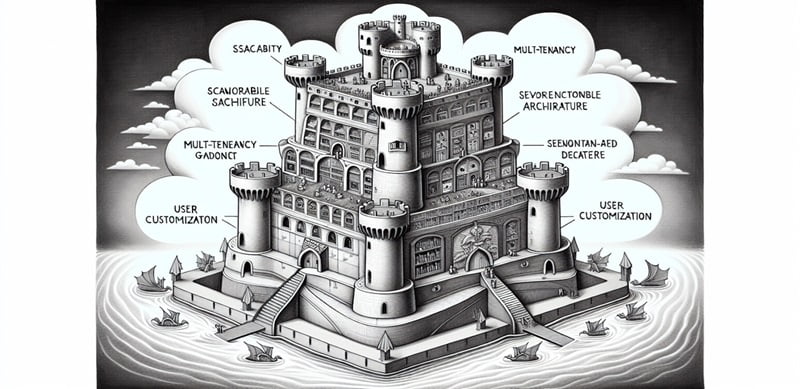
Creating a SaaS platform that is both scalable and secure is an essential task that involves thorough analysis of various elements. Prior to embarking on the design journey, it’s crucial to grasp the particular scalability demands associated with SaaS development. Aspects critical for achieving scalability include:
- Capability to handle significant traffic and data volumes, often spread over multiple instances.
- Leveraging modern container-based technology provided by public cloud services can yield the required flexibility needed for such expansion.
- Employing a microservices architecture can greatly aid in scalability as it permits individual scaling of distinct services within the application.
SaaS platforms are characterized by their use of shared codebases and definitions while servicing numerous customers through a one-to-many model lease agreement. This arrangement calls for meticulous attention in crafting multi-tenancy capabilities so as to maintain customer data security while also providing excellent performance levels.
Finally, those involved with creating SaaS products must devise strategies which support user-specific customizations without undermining the structural integrity of the overall software application.
From Idea to Reality: Building Your SaaS Application
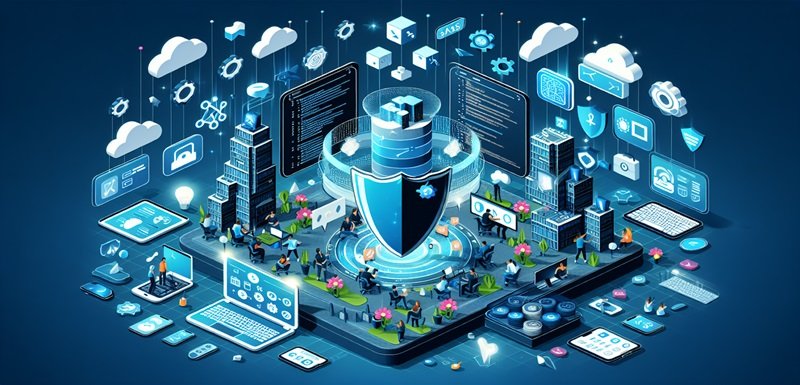
The process of building a SaaS from concept to launch is an iterative cycle that adheres to Agile methodologies, concentrating on essential features, security protocols, and creating a seamless user experience across diverse devices.
During the development of a SaaS product, this progression typically involves phases such as market research, designing the architecture and interface, developing a minimum viable product (MVP), followed by repeated iterations of coding and testing before going live. This duration often extends over 3–9 months or longer.
Securing the application at every stage is vital while ensuring that users encounter an intuitive interface on all types of screens and resolutions.
With agility built into its core philosophy during saas product development stages—thanks largely to recurring evaluation based upon real-time end-user feedback—the approach facilitates ongoing enhancements thereby aligning more closely with actual demands encountered through practical deployment.
Pricing Your SaaS Product Intelligently
SaaS companies can choose from a plethora of pricing models to cater to diverse customer needs and optimize revenue. These include:
- Tiered pricing
- Per-user or per-active-user pricing
- Freemium models
- Strategies such as penetration and prestige pricing
- Value-based and psychological pricing
By analyzing the market and customer profiles, businesses can implement a pricing model that aligns with their objectives and customer expectations.
Launching and Marketing Your SaaS Offering
Introducing and promoting a SaaS product necessitates an all-encompassing approach that includes developing a solid go-to-market strategy, utilizing effective content marketing techniques, and implementing strategies for customer acquisition focused on enhancing the user experience. Key components of this strategy include:
- Crafting a well-defined sales technique
- Establishing a pricing structure
- Pinpointing your primary consumer base
- Choosing suitable channels for promotion
Continuous Improvement and Scaling
The long-term success of a SaaS product hinges on continuous improvement and scaling. Leveraging customer data and analyzing support ticket creation rates allow SaaS businesses to enhance their offerings, leading to improved sales, better marketing strategies, and increased customer satisfaction.
The implementation of new features regularly is essential for keeping a SaaS application current and relevant. AI plays a key role in making tools smarter, automating tasks, and improving services based on data analysis.
Frequently Asked Questions
What makes SaaS different from traditional software delivery models?
Offering software as a service over the internet, SaaS stands out from conventional software distribution models. It adopts a subscription-based approach to revenue rather than requiring a single purchase. This model is favored in numerous sectors due to its ease of use, adaptability, and provision for continual updates automatically.
How does a SaaS business model generate revenue?
The SaaS business model earns its income by charging customers a regular subscription fee, which grants them ongoing access to a software product. This approach offers the SaaS business a steady and foreseeable revenue stream.
Why is market research important in SaaS development?
In the realm of SaaS development, conducting market research is vital as it serves to pinpoint consumer necessities, grasp the needs of the market, and certify that the product aligns with what potential users are looking for. It provides direction for marketing approaches prior to a product’s release.
What are the key roles in a SaaS development team?
In a SaaS development team, essential positions include business analysts, project managers, UX/UI designers, developers, and QA engineers. Every individual on the team plays a vital role in ensuring user requirements are satisfied and that quality benchmarks are upheld.
How do SaaS companies ensure continuous product improvement?
Companies that provide Software as a Service (SaaS) are dedicated to the ongoing enhancement of their products. They achieve this by harnessing strategies including leveraging insights from customer feedback and support tickets, along with performing in-depth data analysis to guide the evolution of product features. They make it a practice to routinely introduce new functionalities and prioritize optimizing performance.
These companies utilize artificial intelligence (AI) as an integral tool for advancing service improvements.
How to choose a vendor for saas software development?
To choose a vendor for SaaS development services, consider the following steps:
- Evaluate Experience and Expertise: Look for vendors with a strong portfolio and expertise in SaaS development.
- Check References and Reviews: Read client testimonials and case studies.
- Assess Technical Skills: Ensure the vendor is proficient in the required technologies and tools.
- Consider Communication and Collaboration: Choose a vendor with clear communication practices and a collaborative approach.
- Review Security Practices: Ensure they follow best practices for data security and compliance.
- Compare Pricing Models: Understand their pricing structure and ensure it fits your budget.
- Test Compatibility: Ensure they align with your company’s values and working style.
ABOUT THE AUTHOR
IPwithease is aimed at sharing knowledge across varied domains like Network, Security, Virtualization, Software, Wireless, etc.

